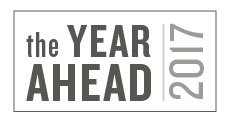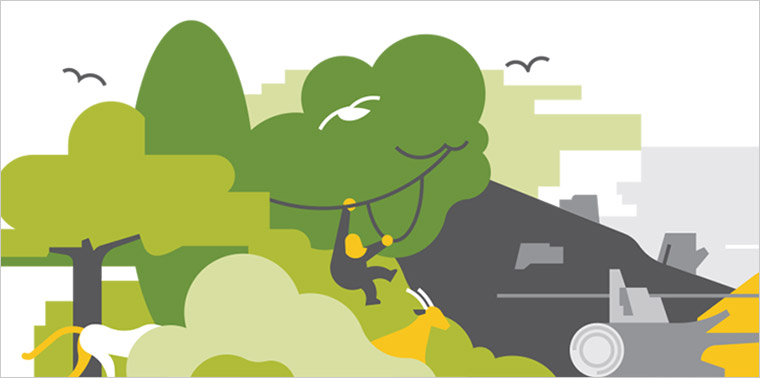January 31, 2017 —  When you look to the year ahead, what do you see? Ensia recently invited eight global thought leaders to share their thoughts. In this interview William Sutherland, founder of Conservation Evidence, responds to three questions: What will be the biggest challenge to address or opportunity to grasp in your field in 2017? Why? And what should we be doing about it now?
When you look to the year ahead, what do you see? Ensia recently invited eight global thought leaders to share their thoughts. In this interview William Sutherland, founder of Conservation Evidence, responds to three questions: What will be the biggest challenge to address or opportunity to grasp in your field in 2017? Why? And what should we be doing about it now?
It is clearly crucial to protect what remains of habitats and species. Alongside this, the restoration of degraded or destroyed habitats provides the opportunity to actually improve the planet both for its intrinsic importance and for the services biodiversity provides, such as storing carbon and retaining water flows.
The simple loss of habitats, such as the clear-felling of forests and the draining of wetlands, is well known, and we know how to stop it. But there are more complicated situations. Climate change makes some habitats unviable in current locations. Furthermore, invasive species, especially forest pathogens, pose serious threats to the integrity of various habitats. The upland forests of Hawaii, which I visited recently, provide one stark example. There, introduced avian malaria carried by introduced mosquitoes has restricted most endemic species to the cold, damp highlands. The introduced mongoose is seriously affecting ground-nesting species. The main forest tree, the ohi’a, is dying from an introduced pathogen on one island that will surely be spread elsewhere.
What should we do about all this? Unfortunately — and this is a global problem with policy — we assume we know what to do while experience shows this results in the repetition of mistakes. While some approaches to slowing habitat loss and restoring habitat are obvious and we have the experience to carry them out, when new circumstances occur there is a need for new methods and new technologies. We need a community that innovates to make new suggestions, tests different approaches and makes the lessons learned available to others. Above all we need a global collation of the global evidence so this is available to all. Conservation Evidence provides a means for this. ![]()
Editor’s note: The views expressed here are those of the author and not necessarily of Ensia. We present them to further discussion around important topics. We encourage you to respond with a comment below, following our commenting guidelines, which can be found here. In addition, you might consider submitting a Voices piece of your own. See Ensia’s “Contact” page for submission guidelines.
Ensia shares solutions-focused stories free of charge through our online magazine and partner media. That means audiences around the world have ready access to stories that can — and do — help them shape a better future. If you value our work, please show your support today.
Yes, I'll support Ensia!
